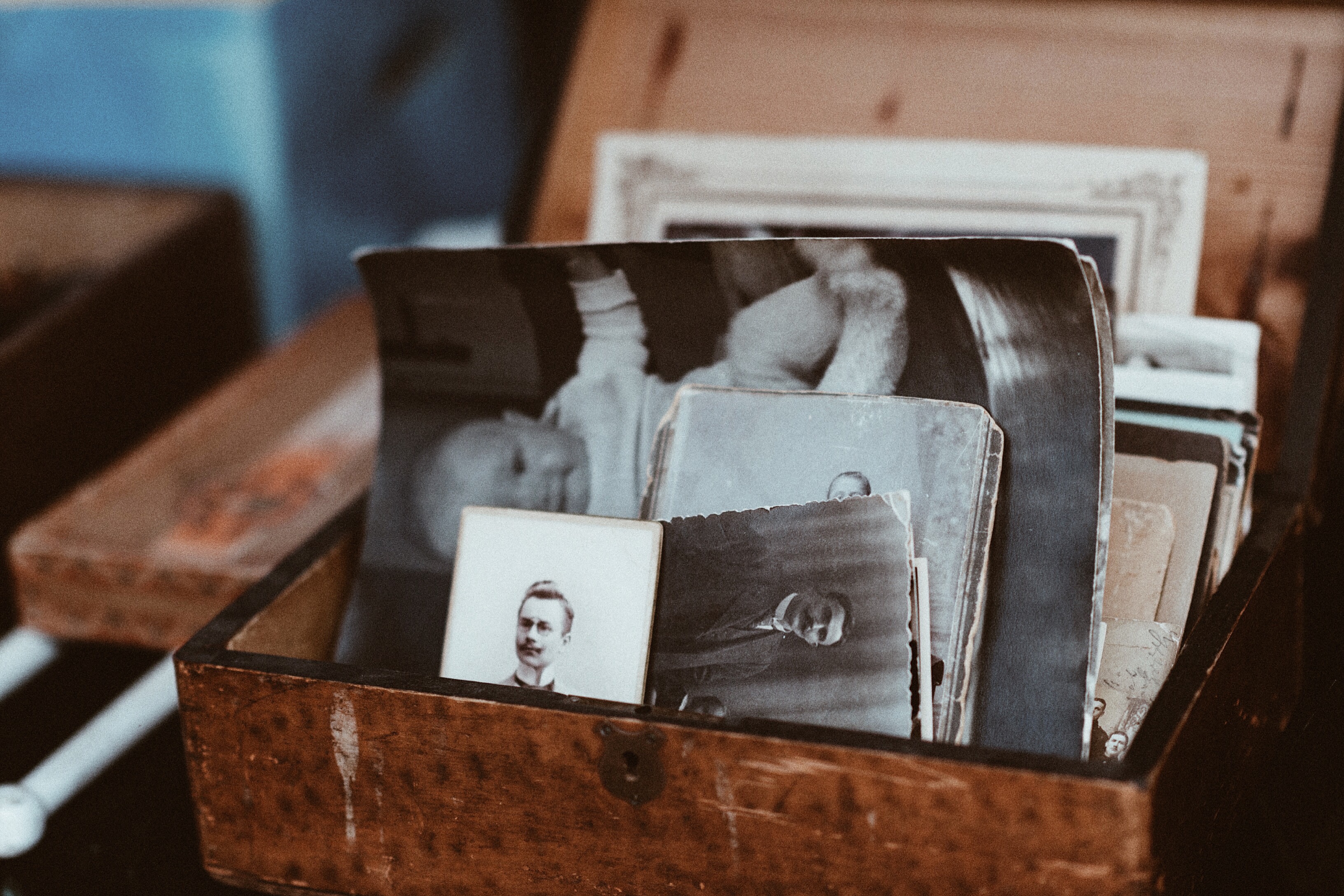
It’s time to completely re-imagine our approach to how and when to write an obituary.
Crafting a comprehensive, permanent story of someone’s life is extremely difficult, even for professionals with loads of time. To write an obituary about your father or mother or spouse…within 48 hours of their death…while you’re exhausted…and grieving…is often painful and unsatisfying.
This tradition presumably evolved because the biography-writing became connected to the death notice – the actual news that someone has died – which had to be rushed to meet the schedules of funeral homes, houses of worship and newspapers.
But in the digital age we have the opportunity to re-think how biography fits into the mourning process. Digital technology allows for easy updating, continuous “publication,” the inclusion of multimedia and easy collaboration – all of which should fundamentally change our approach to honoring our dead loved ones.
Paradoxically, the speed and immediacy of today’s digital tools give us a terrific opportunity to slow down as we create memorials for those we’ve lost. This more gradual process also supports a more natural pace of mourning in sync with the emotional and practical tasks of the grieving year.
Most religious traditions recognize a variety of demarcation points in people’s experience of loss extending long past the funeral. In Eastern Christianity men are discouraged from shaving for 40 days after a death in the family. In Islam, widows traditional observe a mourning period of 4 months and 10 days. Jews have mourning periods of 7 days, 30 days and 1 year, each with different traditions and responsibilities.
While the religious traditions often connect these to spiritual elements – in Eastern Orthodoxy, it is believed that on the 40th day the soul ascends – this sense of process is also recognized by modern psychology. Professional grief counselors agree that the grieving process does not end with burial or cremation and that an attempt to declare “closure” too quickly will backfire.
Anyone who has grieved also knows that one of the hardest parts of loss comes after the initial swarm of attention has dissipated and you are left alone with your grief. Increasingly, counselors are recommending that crafting a biography of the deceased is a powerful and helpful way of grieving. Recording memories helps reclassify and preserve them, giving them a comforting feeling of permanence.
Just as important, in the digital era, this process offers a way to stay connected with friends and family as you share the experience of memorializing your shared loved one.
For all these reasons, we at LifePosts recommend considering a schedule like this:
1. The first death announcement. Within a few days of the death, get something up quickly that serves to notify the world of your loved one’s passing and gives a brief, first-draft biography. Invite friends and family to offer their stories, as well as condolences.
2. The multimedia memorial. Within the first month or two, add material to at least one of the LifePosts tools. Post your favorite eulogies from the funeral or Facebook tributes, add family photographs or documents that reflect important life milestones, and most important, enlist friends and family to add their photos, videos and stories. The LifeQs tool offers a way to direct short, pithy questions to different groups of friends and relatives who shared particular aspects of the person you all miss. Old school friends, work colleagues, fellow members of a faith community – all can offer different perspectives on the person you all love – creating a complex and beautiful mosaic.
3. Seasonal updates. Every season (roughly every three months) after that for the balance of the first year of mourning, revisit your LifePost and add to it as new memories strike you or old photos surface. Recontact friends and family with a few new questions to prompt additional stories.
4. Complete the dynamic memorial. On or near the one year anniversary of your loss, send the completed LifePost around to friends and family and to the public. Perhaps turn it into a physical book at this point, or continue adding to it.
Annual check-ins. Each year after that, invite friends and family to reflect on their memories and realizations about the deceased in the course of the year. Add that and anything else that has been found during the year to the LifePost. As younger members of the extended family grow and mature, their reflections on the legacy you have created may surprise you.
This path takes away the time pressure. It invites friends and family to bear more of the burden of crafting the memorial – and to share in the pleasure it brings. And it creates a way to continue an appropriate relationship with the deceased over the years.


